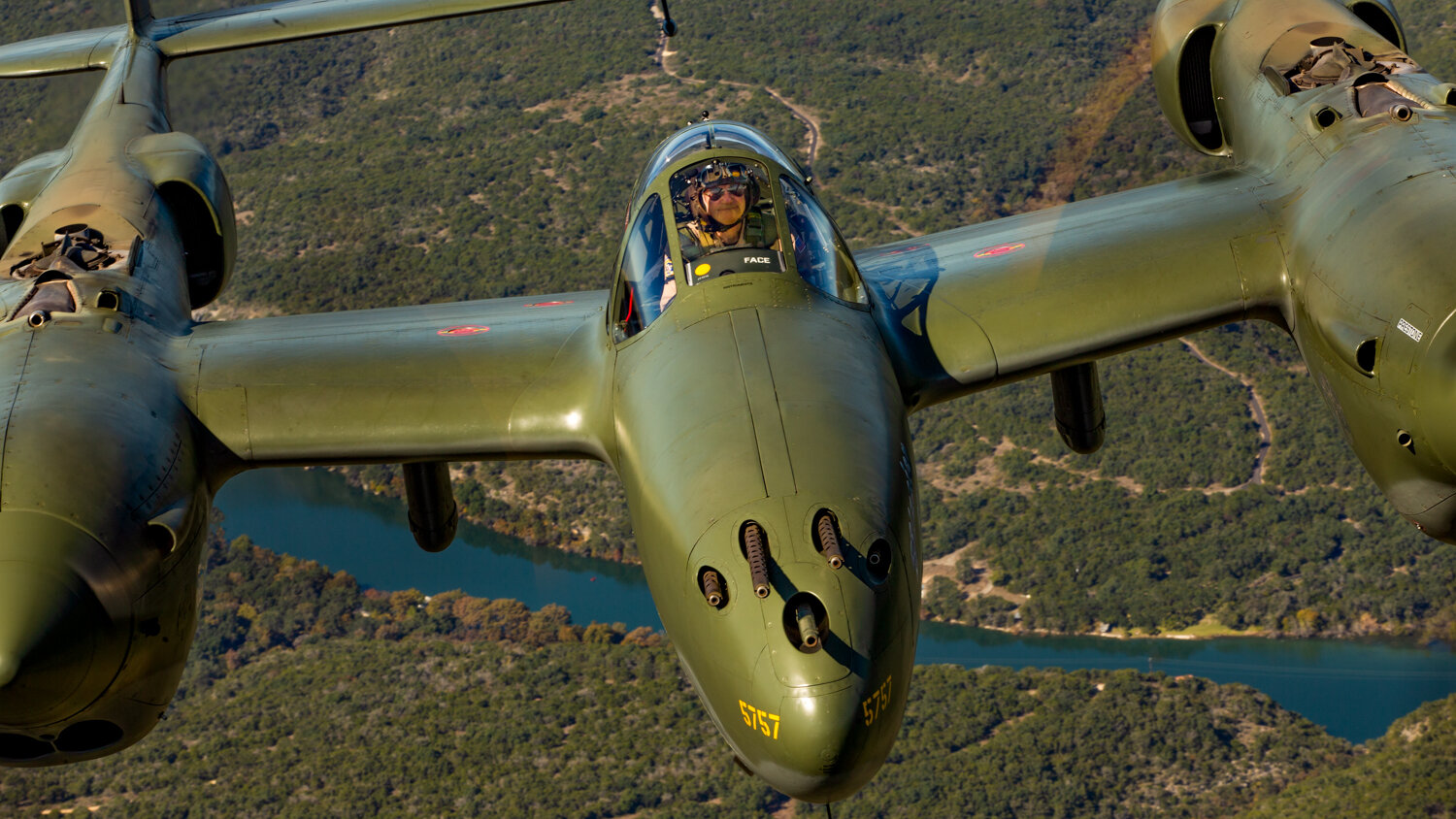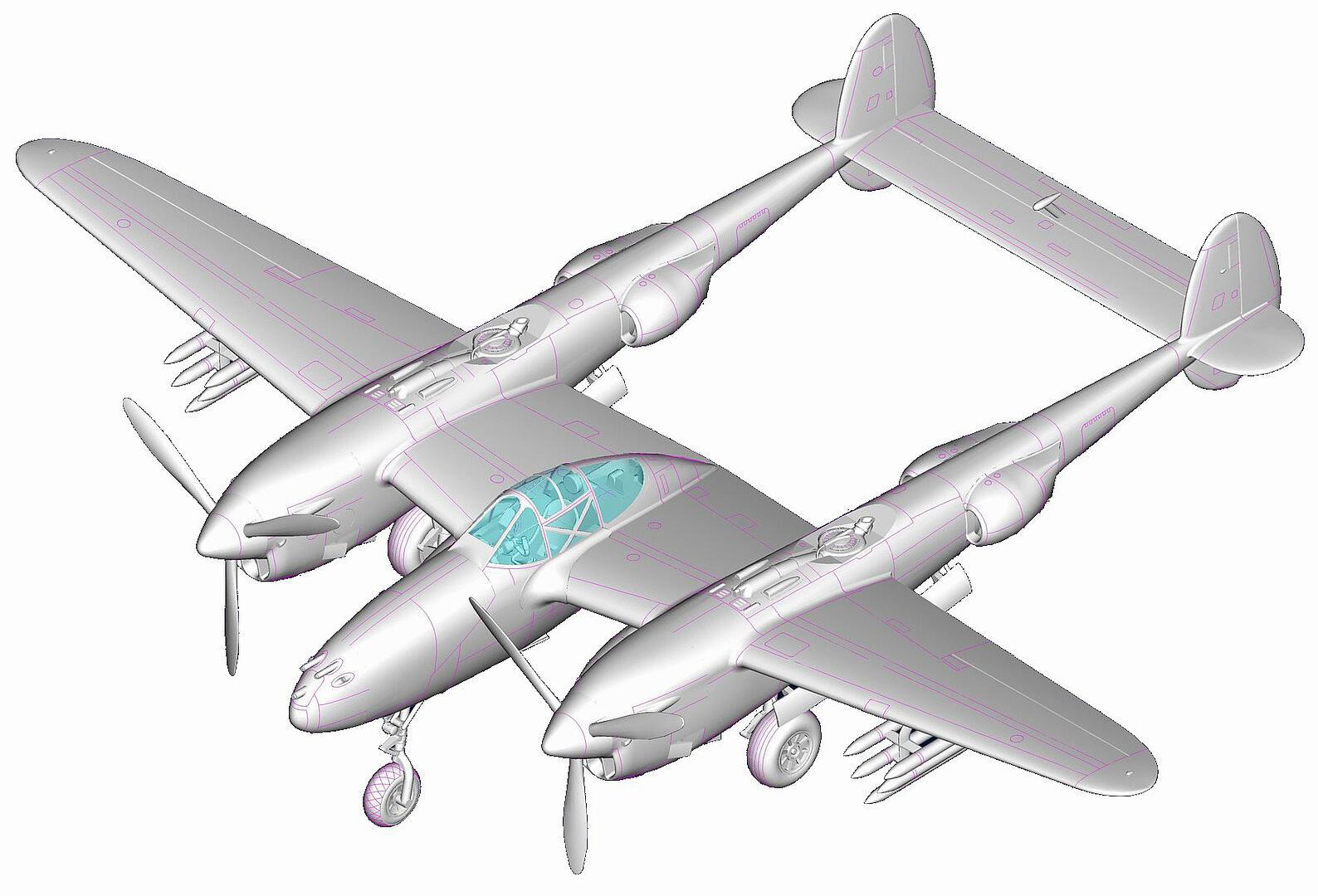P 37 Lightning - The Lockheed P-38 Lightning was an American twin-engine single-seat aircraft used in World War II. Built for the United States Army Air Corps by Lockheed Corporation, the P-38 featured a unique twin-arm design with a central nacelle containing the cockpit and arm. In addition to its use as a fighter, the P-38 was used in a variety of air combat roles, including as a highly effective fighter-bomber, night fighter, and long-range fighter equipped with drop tanks.
The P-38 was also used as a bomber, directing streams of medium and heavy bombers along with other P-38 armed bombers to their targets.
P 37 Lightning

Used in aerial reconnaissance, the P-38 accounted for 90 percent of the aerial shots captured in Europe.
Real Time Airplane Lockheed P 38 Lightning 3d Model $239
The P-38 was used very successfully in the Pacific theater of operations and in the China-Burma-India theater of operations as the aircraft of American heroes Richard Bong (40 victories), Thomas McGuire (38 victories) and Charles H. MacDonald (27 victories). In the Southwest Pacific Theater, the P-38 was the primary fighter of the United States Army Air Forces until the introduction of additional P-51D Mustangs by the end of the war.
Unlike the early fighter design, both engines were supplemented with turbochargers. This allowed the P-38 to perform well at high altitudes, making it one of the first combat aircraft capable of performing well at high altitudes.
Lightning is very lenient in its flow and can be handled badly in many ways, but the first editions of the book are low compared to other contemporary hits; This was solved in later variants by the introduction of integrated wings.
The P-38 was America's only mass-produced fighter throughout America's entry into the war, from the attack on Pearl Harbor to the victory over Japan.
Aircraft Recognition Poster, P 38 Lightning Fighter, 1942
Lockheed Corporation developed the P-38 in response to a request from the United States Army Air Corps (USAAC) in February 1937. The X-608 circular design is a set of flight objectives written by First Lieutenants Bjamin S. Kelsey and Gordon P. Saville for a twin-engine high-altitude "defender" with "by the tactical mission of intercepting and attacking dangerous aircraft at altitude. altitudes."
Forty years later, Kelsey explained that he and Saville wrote the story using the word "interceptor" as a way to avoid the Army Air Corps' requirements to track aircraft. For the carriage of weapons, including ammunition, not exceeding 500 lb (230 kg). , thereby avoiding USAAC's limitation of single-seat, single-cabin aircraft. Kelsey was looking for armor weighing at least 1,000 lb (450 kg).
Kelsey and Saville aim to be more aggressive, preferring dogfights and fighting at high altitudes. Specifications call for a maximum airspeed of 360 mph (580 km/h) at altitude and a climb to 20,000 ft (6,100 m) in six minutes,

The most comprehensive set of information ever released by the USAAC. The unreleased Vultee XP1015 was designed to meet the specs but wasn't too advanced to try. At the same time, a similar design for a single-engine fighter, the Circular Design X-609, was issued, in response to which the Bell P-39 Airacobra was developed.
File:lockheed P 38 Lightning (2814463306).jpg
Lockheed created a secret task force to carry out the project outside the main factory; Later this road became known as Skunk Works.
Lockheed's design team, led by Hall Hibbard and Clarce "Kelly" Johnson, considered various twin configurations, including twin engines in the center fuselage and add-ons.
The first configuration is rare in modern fighter aircraft design, with the Dutch Fokker G.I heavy fighter and the later Northrop P-61 Black Widow and the Swedish SAAB 21 having a similar plan. The Lockheed team chose the twin bombers to include the tail assembly, engines and turbochargers, as well as a central nacelle for the pilot and armament. The XP-38 nacelle model was designed to mount two M2 Browning 0.50 caliber (12.7 mm) machine guns with 200 rounds per gun (rpg), two 0.30 caliber (7.62 mm) Browning 500 rpg, and the U.S. . Prototype 23 mm (0.90 in) T1 autocannon with revolving magazine to replace the 25mm Hotchkiss aircraft autocannon selected by Kelsey and Saville.
In the YP-38, the 23 mm T1 replaced the 15-round Army Ordnance Departmt T9 (later designated M4 in production) 37 mm (1.46 in) autocannon.
Lockheed Lightning 1 I Ww2 Plane Aircraft Recognition Postcard
15 rounds in five round clips, a setup Kelsey didn't like and the T9/M4 just couldn't fly. Further training from March to June 1941 resulted in a P-38E combat configuration with four M2 Browning machine guns and one 150-round 20 mm (0.79 in) Hispano automatic cannon.
Mounting all arms in the nose is unusual in American aircraft, which typically use wing-mounted guns and fixed runways to move to one or more locations in the transit zone. Nose guns did not suffer from having their effective range limited by the pattern combination, meaning good pilots could fire more. The Lightning could engage targets up to 1,000 yd (910 m), but the wing guns of other fighters were optimized for a specific range.
The rate of fire was 650 rounds per minute for a 20x110mm round (130-gram round) at a muzzle velocity of 2850 ft/s (870 m/s) and a caliber of .50. machine gun (43-gram round), approximately 850 rpm at 2,900 ft/s (880 m/s). The rate of fire was over 4,000 rounds per minute and about one in six rounds was a 20mm round.

Duration of continuous fire for the 20 mm gun is approximately 14 seconds, while the .50 caliber machine guns operate for 35 seconds with each magazine loaded with 500 rounds, or approximately 21 seconds with 300 rounds loaded to save weight for long range. years
Th Fighter Bomber Squadron
The Lockheed design included a bubble hood undercarriage, two 1,000 hp (750 kW) Allison V-1710 turbocharged 12-cylinder engines equipped with rotating propellers to eliminate the effect of engine torque, and turbochargers in the rear. genes are the tubular side of the units located on the back of the plates.
Manual conversion was achieved using "hand" genes; the cans rotate in opposite directions, a relatively simple task for an aircraft of the V-1710 design.
The P-38 was the first American fighter to make extensive use of stainless steel and smooth butt-joint aluminum panels.
Lockheed won the competition on June 23, 1937 with its Model 22 and was awarded the contract to build the XP-38 prototype.
Racing, Flying & Yachting
Construction began in July 1938 in an old bourbon distillery that Lockheed had purchased as an expansion facility. This safe and remote location was later identified by Johnson as the first of five Lockheed Skunk Works sites.
Kelsey th requested an emergency flight to Wright Field on 11 February 1939 to move the aircraft for further testing. Geral Hry "Hap" Arnold, head of the USAAC, approved the record attempt and ordered him to fly to New York. It was a record speed flight from California to New York in seven hours and two minutes, not including two refueling stops.
Kelsey ran well most of the way, working the gins right and pulling away on the descent to take advantage of the speed advantage. Huddled in the cold, Arnold thanked Kelsey at Wright Field during his final warm-up and said, "Don't spare the horses" on the next leg.

After exiting Wright Field and reaching altitude, Kelsey pushed the XP-38 to 420 miles per hour (680 km/h).
File:lockheed P 38h Lightning, Usa
As Kelsey approached her destination, the tower at Mitchel Field (Hempstead, New York) ordered her to land slowly behind other aircraft. Carburetor ice slid down Mitchell's track, causing her to crash. However, based on the flight record, the Air Corps ordered 13 YP-38s on April 27, 1939 at $134,284 each.
(The "Y" in "YP" is the USAAC designation for service testing, i.e. very few early production aircraft, and the "X" in "XP" is for testing. disaster as an act of unjust enrichment,
But according to Kelsey, the loss of the student, rather than the derailment of the project, was precipitated by the interruption of the first series of tests. The success of the aircraft design led to Kelsey's promotion to captain in May 1939.
P-38 assembly lines in Burbank, California: The planes start at the back of the building on the right (no wings, so part of the line is narrow). When it reaches the d of this line, it turns to the cter line, becomes winged, and moves back along this line. When it reaches d, it moves to the left and moves forward to d lines.
Hitler Hated This: Why Nazi Germany Feared The P 38 Lightning
Production of the YP-38 fell behind schedule, not least because of changes to satisfy the need for series production that differed from the prototype. Another problem is the sudden expansion of Lockheed's Burbank plant, which was taken from a private public agency handling small orders to a major government contractor building Vturas, Harpoons, Lodestars, and Hudsons.
Lockheed p 38j lightning, p-37, p 38g lightning, p 38j lightning, luminox p 38 lightning, p 38 lightning sale, p 38 lightning engine, p 38 lightning watch, airfix p 38 lightning, ww2 p 38 lightning, p 38 lightning, molykote p 37 paste
0 Comments